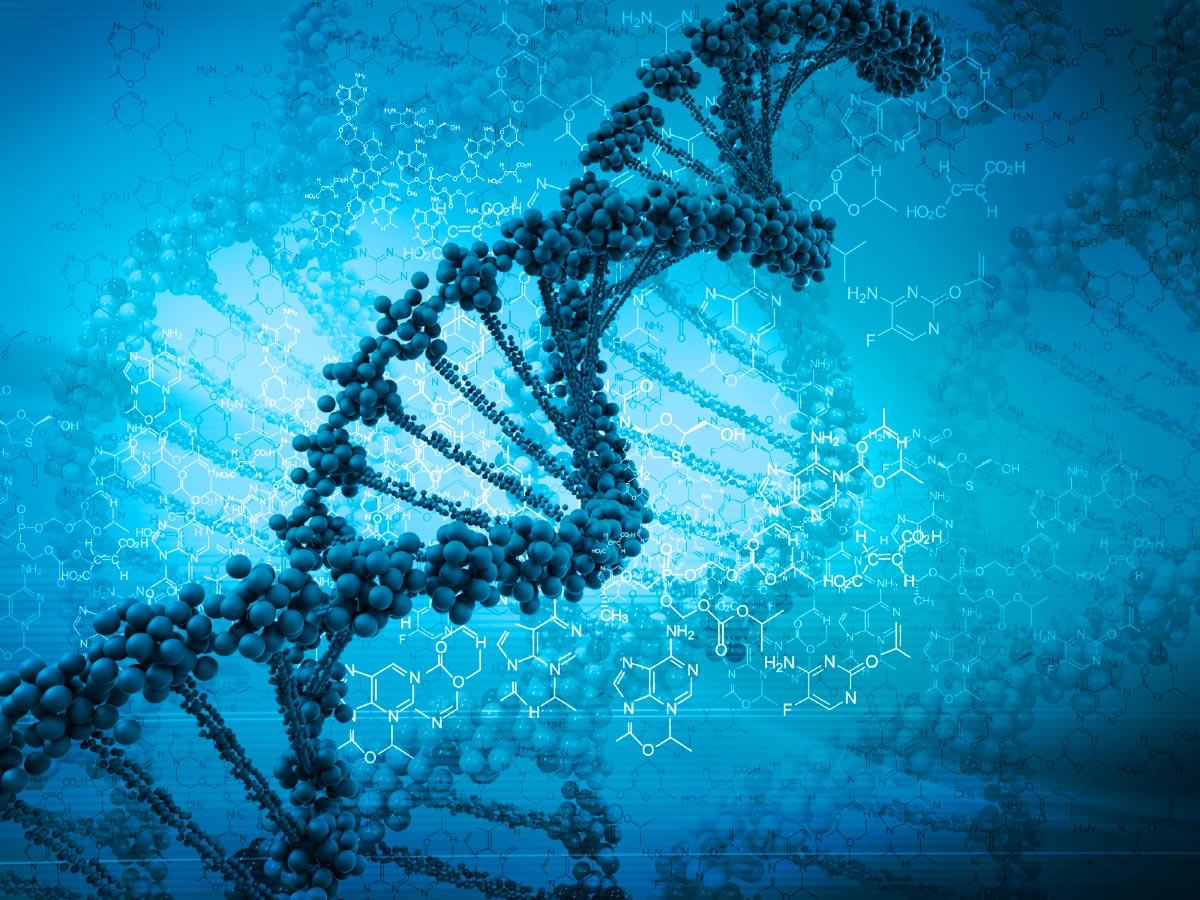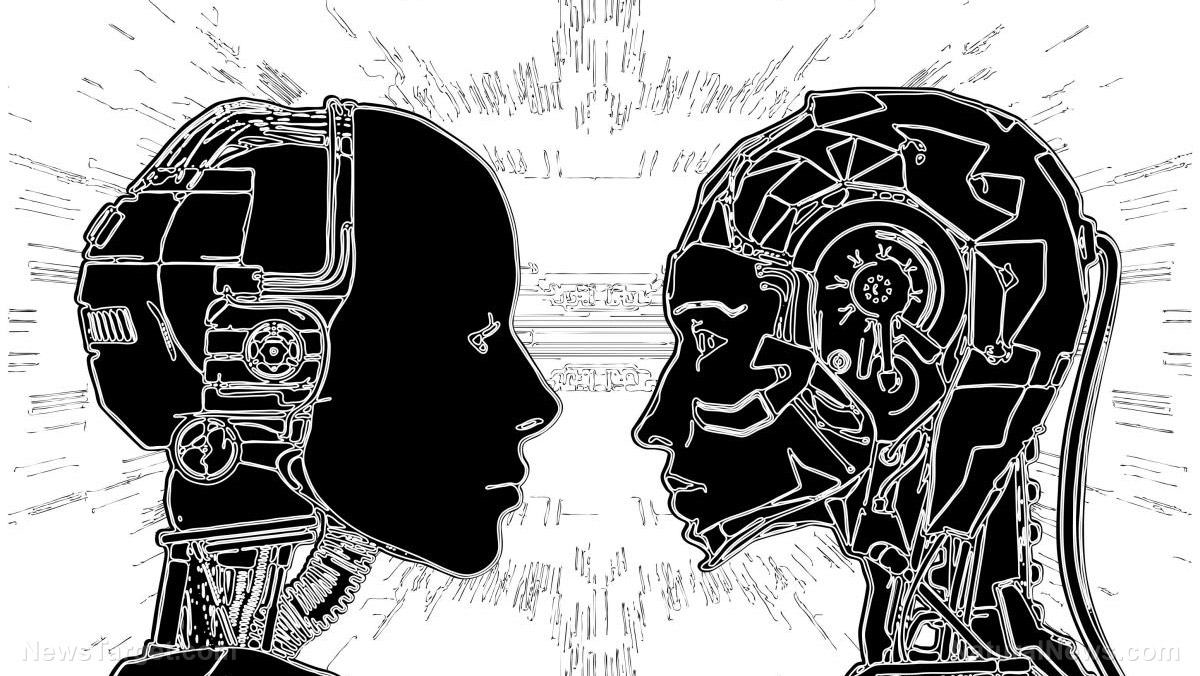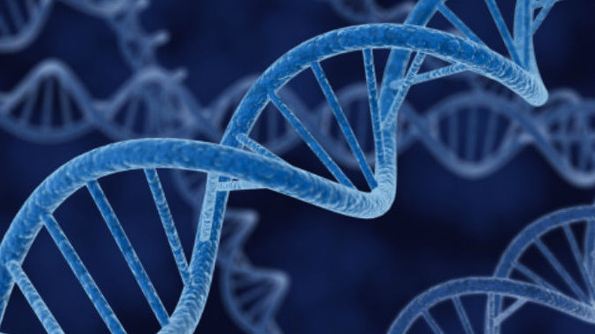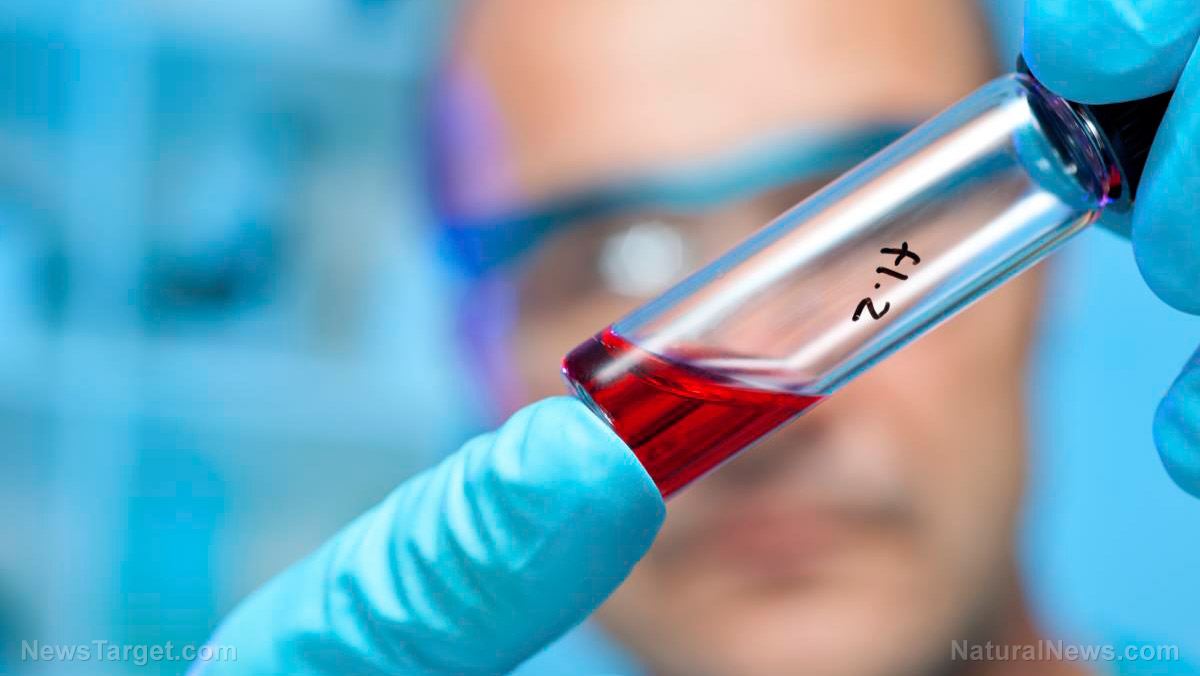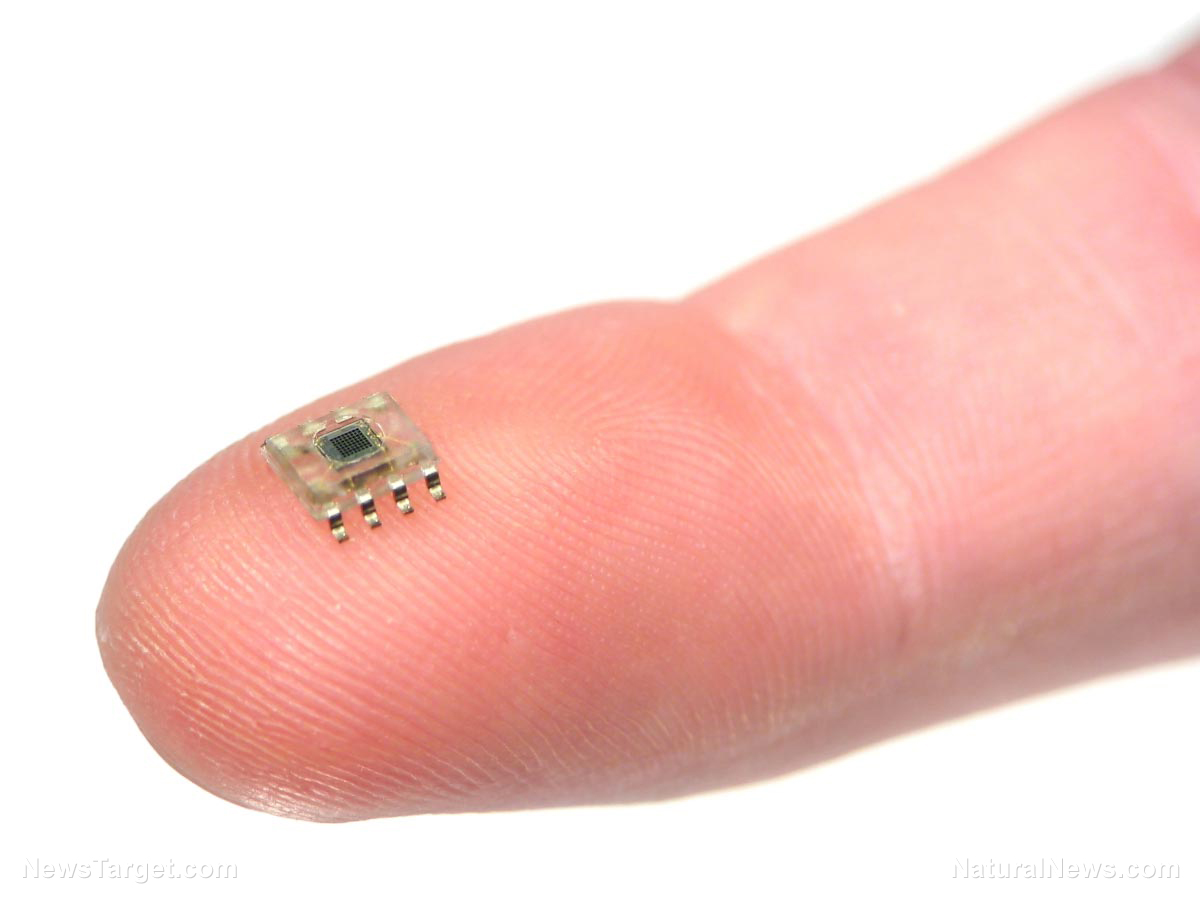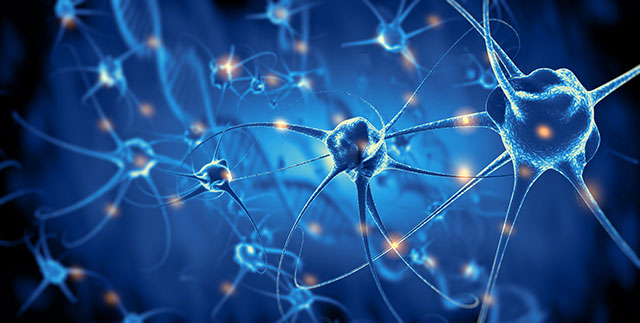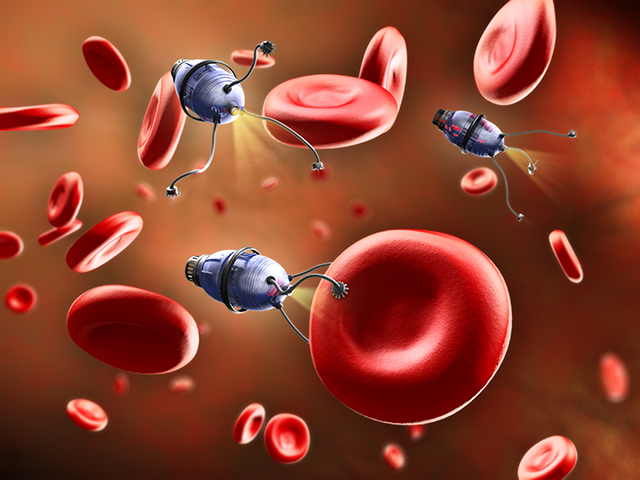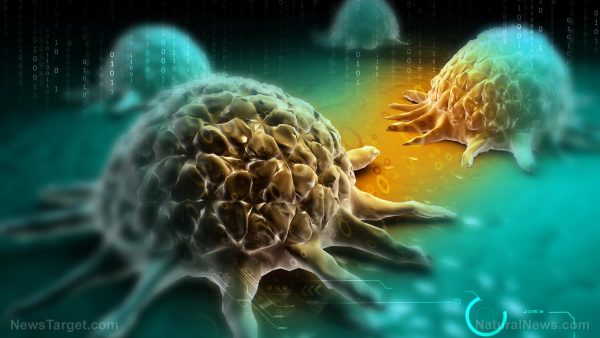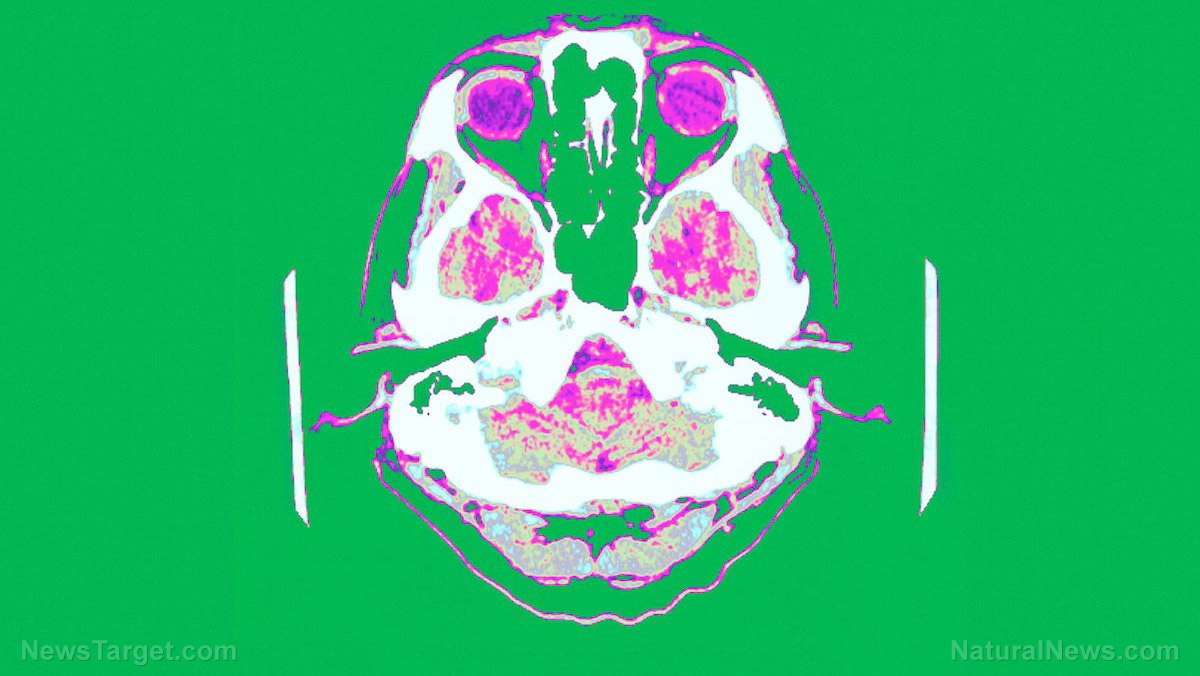Medical tests miss most heart attacks – nearly two-thirds are “unrecognized”
08/18/2018 / By Edsel Cook
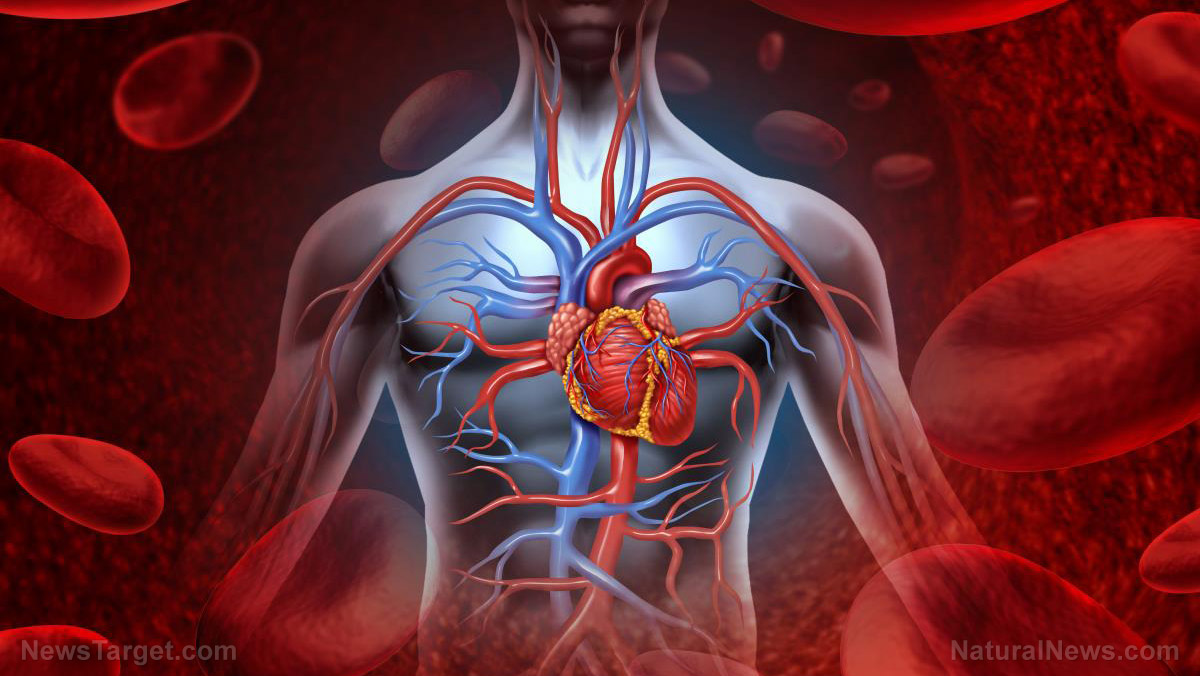
A new study on myocardial infarctions (MI; commonly referred to as heart attacks) raised concerns that standard medical tests fail to properly diagnose up to two-thirds of unrecognized MI cases.
An unrecognized heart attack is a sub-clinical event. That is to say, its symptoms are too faint to be detected by common medical exams. Their accurate detection requires electrocardiographic (ECG) or cardiovascular magnetic resonance (CMR) imaging, which are lengthy and expensive processes.
Researchers from the National Heart, Lung, and Blood Institute (NHLBI) in Bethesda, Maryland were looking into the long-term outlook of patients with unrecognized MI. Led by Dr. Tushar Acharya, they discovered that there were many more people who survived unrecognized heart attacks and didn’t know it.
The study involved a community of 935 Icelanders, 48 percent of whom were male, with an average age of 76 years. All participants underwent ECG and CMR imaging.
Based on the results of the ECG and CMR testing, researchers categorized the participants into three groups: Recognized MI (clinical events that could be diagnosed by standard medical tests), unrecognized MI (sub-clinical heart attacks that could not be detected by standard medical tests, only by ECG and CMR), and no MI (a clean sheet verified by CMR).
The researchers recorded that 91 participants (10 percent) started out as recognized heart attack cases. Meanwhile, 156 individuals (17 percent) tested positive for unrecognized MI. The rest of the participants (688 members or 74 percent of the entire group) did not have any heart problems.
The study tracked the participants over a period of 10 years with a mid-study mark of five years.
Their startling findings are published in the European Society of Cardiology (ESC).
According to the NHLBI research team, 156 out of 247 of the myocardial infarctions identified through CMR imaging turned out to be unrecognized MI. That number made up 63 percent of the total MI cases that could only be detected by ECG and CMR imaging. These unrecognized heart attack cases would slip past standard medical tests.
At the five year mark, the mortality rate of patients with unrecognized MI (13 percent) was lower than those with recognized MI (19 percent) but higher than patients with no MI (8 percent). But at the 10-year mark, the mortality rate of patients with unrecognized MI (49 percent) approached that of recognized MI patients (51 percent) and exceeded those with no MI (30 percent).
The findings suggest there might be more cases of unrecognized MI than there are of recognized MI.
Furthermore, the mortality rate of patients with sub-clinical MI has been shown to increase over time until it matches the mortality rate of patients with diagnosed heart attacks.
CMR imaging can catch unrecognized heart attacks
Acharya’s team recognized that screening entire populations using CMR imaging is too expensive and impractical to succeed. But they did recommend shifting a proportion of cardiac evaluation from standard medical tests to CMR imaging that could catch unrecognized MI cases.
“Using CMR in patients with cardiac symptoms would likely detect many more heart attacks than traditional diagnostic tests. There are good therapies to treat survivors of MI so finding them early should improve prognosis,” Acharya said.
Early detection of unrecognized MI cases would enable doctors to recommend appropriate heart attack medications, revascularization treatment, and accurate advice regarding risk factors and behavioral changes. (Related: Teacher who nearly died from a heart attack 10 years ago is off all meds after going vegan – now he is inspiring others.)
“Patients with unrecognized MI do not receive medications commonly prescribed to heart attack patients to reduce the risks of death or another heart attack,” Acharya said.
“They should also be advised to control risk factors such as hypertension and diabetes, and may be candidates for revascularisation to open blocked arteries.
“Knowing that they had a heart attack may also persuade some people to adopt a healthier lifestyle with adequate physical exercise and no smoking,” he recommended.
Sources Include:
Tagged Under: cardiology, cardiovascular disease, CMR, ECG, heart attack, heart attack diagnosis, medical research, medical science, myocardial infarction, standard medical tests, unrecognized heart attack, unrecognized myocardial infarction



